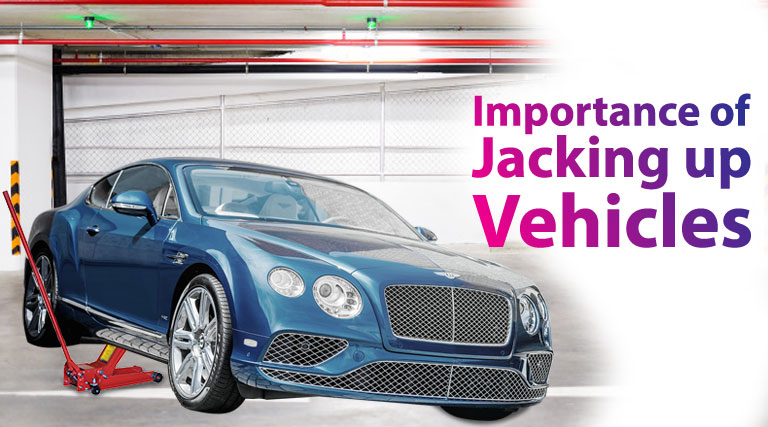Importance of Jacking up Vehicles

Hello, this is Steve Storey again with some more valuable information about the car-inspection process. One of the most important aspects of a complete and thorough pre-purchase inspection is to ensure that the vehicle is raised during the inspection. The importance of this cannot be overemphasized. This is because the majority of damage and wear to the most critical car components happens below eye-level in the nether-regions of the vehicle. These areas include (to name a few):
- Frame
- Floorpan
- Suspension
- Driveline
- Steering
- Fuel tank and Fuel system
- Critical hoses and lines
- Electrical harnesses
To begin with, these areas are constantly being exposed to flying rocks and debris, water, salt, “road trash” including screws, nails, tire carcasses, and broken car parts, not to mention SOLID obstacles which can cause much more serious damage such as curbs, train-tracks and potholes. So the likelihood of there being corrosion, wear and damage to these areas is much greater than the upper easily-seen areas of the vehicle which are for the most-part are less critical to the vehicle’s functionality and are subjected to much less serious hazards. The vehicle’s upper areas include the body, glass, lights, bumpers, trim, trunk, and engine compartment. Other than the wear of engine components and accessories located under the hood, these areas will typically only experience “weather wear” and minor accidents including parking lot “bump and grind” so wear or damage to these parts will not cancel the ability for the car to still work and provide reliable transportation. Besides this, a vehicle which has been poorly maintained will exhibit excessive wear with symptoms of fluid leaks, cracked and rotten rubber suspension chassis components and loose and worn steering, suspension and linkage joints- all of which can only be adequately observed and evaluated when there is ample visual access to all of the vehicle’s underside components.
Here at Car Inspectors, we go the extra mile and raise the front of the vehicle a minimum of 10″ using a floor-jack, ramps or a full-size lift whenever one is available at the vehicle’s location. In this way, all of the critical components of the undercarriage can be observed and photographed. Without performing this necessary function when doing a pre-purchase, diagnostic or any other type of vehicle inspection, it will be impossible to ascertain the actual condition of the vehicle.
